How long is the flowering period of butterfly orchids?
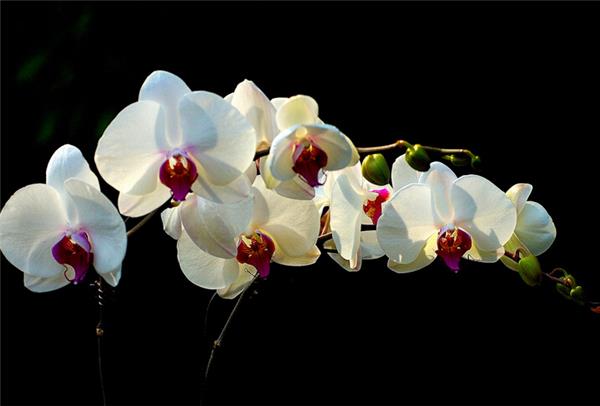
Phalaenopsis is a very popular holiday flower. Phalaenopsis has already bloomed when many flower friends buy it, but I don't know how Phalaenopsis is in bloom, how long is the flowering period of Phalaenopsis, and what should be paid attention to in the maintenance of Phalaenopsis flowering. Introduction of Phalaenopsis
Phalaenopsis is a cut flower plant of Orchidaceae, with more than 70 native species, most of which are found in Asia, as well as in the Philippines, Malaysia, India and other places. Phalaenopsis is a single-stem epiphytic orchid with short stems and large leaves, so the flower is named after the butterfly. Phalaenopsis has a variety of colors, beautiful flowers and fragrant flowers. It is a treasure of tropical orchids and is known as the queen of orchids. Phalaenopsis is not only beautiful, but also has a rich cultural heritage, loved by many flower lovers, but also the darling of artists, often appears in photography.
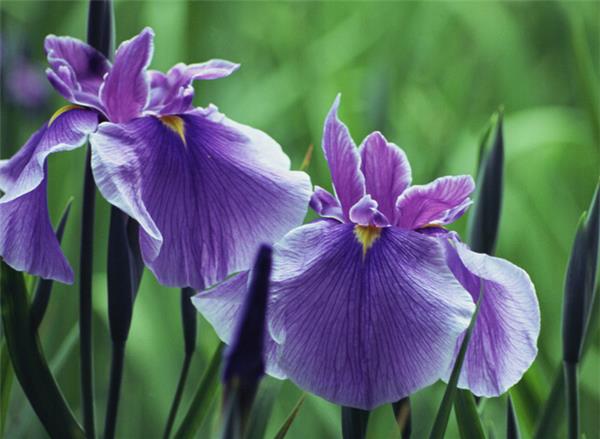
As a cut flower plant of Orchidaceae, Phalaenopsis has about 100 species, which are native to North Africa, Eurasia, North America and Central America. Phalaenopsis stem is short, generally enclosed by leaf sheath, leaf fleshy, adaxially green, elliptic or falcate-elliptic, apex sharp, base sometimes skewed or cuneate, with broad and short sheaths; Phalaenopsis inflorescence axis purplish green, more or less folded, often with several flowers blooming from base to top, bracts ovate-triangular, pedicels with ovary green, slender; white flowers, beautiful flowers, long flowering period The middle sepal is nearly oval, the petal rhombic round base is narrowed with short claws, with reticular veins; Phalaenopsis likes to live in a humid environment, the nature likes warm and afraid of cold, and the suitable temperature for growth is 15-20 degrees Celsius.
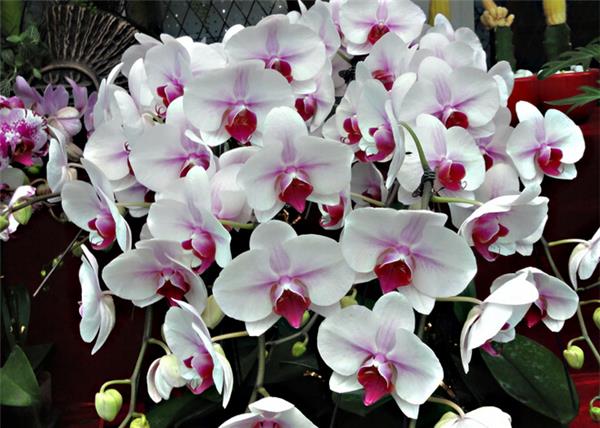
How long is the flowering period of butterfly orchids?
The scientific name of Phalaenopsis is "like a butterfly orchid" in Greek. It can absorb nutrients in the air and survive, very strong, can be said to be a large family of tropical orchids. Phalaenopsis, as a cut flower plant of Phalaenopsis, has a long flowering period. Phalaenopsis usually blossoms in April-June every year and can blossom for 2-3 months.
Butterfly orchid language
Butterfly orchid is graceful, elegant and colorful, and the flower is named after the shape of a butterfly. Its scientific name, according to the original Greek meaning: "like a butterfly orchid", has a beautiful symbol.
White Phalaenopsis: love is pure and friendship is precious; mini Phalaenopsis: happy angel is in its prime
Red Phalaenopsis: good luck always tie the knot; yellow Phalaenopsis: developed career and prosperous business
Phalaenopsis: everything goes according to plan; red Phalaenopsis: smooth and happy official career.
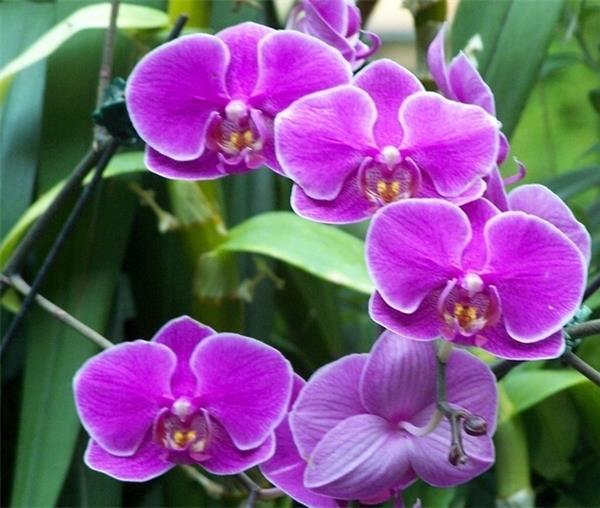
How to maintain the flowering period of butterfly orchid
The growth of Phalaenopsis can be divided into the growth stage from seedling to mature plant and the flowering stage of promoting cut flower. Mastering certain skills in the cultivation of Phalaenopsis in these two stages is beneficial to the better growth of Phalaenopsis. The cultivation of Phalaenopsis requires good ventilation of the roots and good looseness, drainage and permeability of the cultivated soil. Fertilization is applied once every ten days during the growing period of Phalaenopsis, and more phosphate fertilizer is needed during the flowering period of flower bud formation. and need to spray water frequently to ensure air humidity. After the flowering stage of Phalaenopsis, the temperature should be kept at 20-25 degrees Celsius. If the temperature is too low, it will lead to slow recovery of new plants and easy decay. High temperature is also disadvantageous to the growth of Phalaenopsis, which will promote Phalaenopsis to enter a semi-dormant state and affect its flower bud differentiation, resulting in non-flowering. Finally, the size of the cultivation flowerpot of Phalaenopsis also has a certain attention, which needs to be selected according to the plant size of Phalaenopsis, which should not be too large or too small.
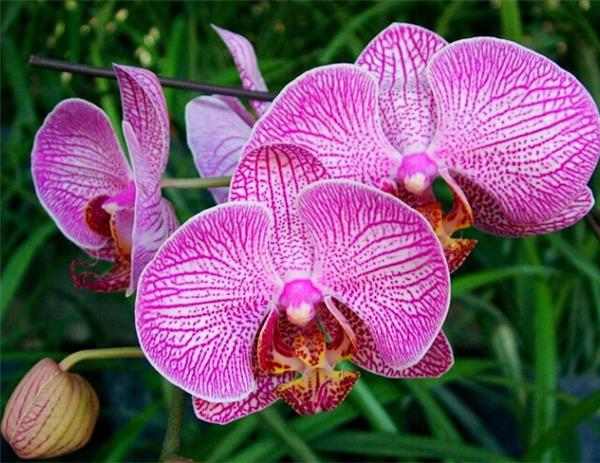
When maintaining the flowering period of butterfly orchids, we should pay attention to the following problems:
1. Watering too frequently will cause root rot. Friends who cultivate Phalaenopsis always worry that Phalaenopsis is short of water, regardless of whether the cultivation medium is dry or not, watering it every day, resulting in serious root rot.
2. Keep the temperature right and don't let it get too low. Usually Phalaenopsis flowering plants on the market in early spring, and after buying home are generally placed in the living room and other places to enjoy, although the day temperature in these places is enough, but the night temperature is slightly too low. On the other hand, most of the professionally cultivated orchids are in well-equipped greenhouses, in contrast, the temperature and humidity at home are not enough, so the growth of the plant tends to weaken day by day. Therefore, sometimes, no matter how well maintained, orchids still do not blossom.
3. Apply a small amount of fertilizer for many times, not too much. Fertilizer is applied as soon as there is fertilizer, and do not pay attention to the concentration. I think that if you apply fertilizer, you will grow faster. It should be noted that Phalaenopsis should be fertilized with thin fertilizer, a small amount of fertilizer for many times. Keep in mind that "replenishment" should not be excessive, or it will be counterproductive.
4. Small flowers use small pots, do not plant small plants in large pots. Some people think that using a large basin can give Phalaenopsis a relaxed environment and sufficient materials. In fact, after using a large basin, the water plant is not easy to dry, it is important to know that Phalaenopsis likes ventilation, ventilation is comfortable.
5. Increase indoor humidity to replenish moisture and avoid dry flowers. Nowadays, Phalaenopsis is mostly driven by flowers. After leaving the base, it is easy to have a dry bag problem after the environment changes. At this time, do not think it is dry, do not water more, but increase the indoor humidity and control the indoor temperature. The temperature can not be too high. Try to buy flowers with thick petals.
6. The light should not be too much. Although Phalaenopsis prefers shade, it is still necessary to make the orchid plant accept some light, especially before and after flowering, the appropriate light can promote Phalaenopsis to blossom and make the flowers gorgeous and long-lasting, generally should be placed indoors where there is scattered light, do not let direct sunlight.
7. Ventilation is very important. The normal growth of Phalaenopsis needs flowing fresh air, so domestic Phalaenopsis must be well ventilated, especially in the high humidity period in summer, it must be well ventilated to prevent heat, and at the same time avoid the infection of diseases and insect pests. Friends who cultivate Phalaenopsis always worry that Phalaenopsis is short of water, regardless of whether the cultivation medium is dry or not, watering it every day, resulting in serious root rot.
2. Keep the temperature right and don't let it get too low. Usually Phalaenopsis flowering plants on the market in early spring, and after buying home are generally placed in the living room and other places to enjoy, although the day temperature in these places is enough, but the night temperature is slightly too low. On the other hand, most of the professionally cultivated orchids are in well-equipped greenhouses, in contrast, the temperature and humidity at home are not enough, so the growth of the plant tends to weaken day by day. Therefore, sometimes, no matter how well maintained, orchids still do not blossom.
3. Apply a small amount of fertilizer for many times, not too much. Fertilizer is applied as soon as there is fertilizer, and do not pay attention to the concentration. I think that if you apply fertilizer, you will grow faster. It should be noted that Phalaenopsis should be fertilized with thin fertilizer, a small amount of fertilizer for many times. Keep in mind that "replenishment" should not be excessive, or it will be counterproductive.
4. Small flowers use small pots, do not plant small plants in large pots. Some people think that using a large basin can give Phalaenopsis a relaxed environment and sufficient materials. In fact, after using a large basin, the water plant is not easy to dry, it is important to know that Phalaenopsis likes ventilation, ventilation is comfortable.
5. Increase indoor humidity to replenish moisture and avoid dry flowers. Nowadays, Phalaenopsis is mostly driven by flowers. After leaving the base, it is easy to have a dry bag problem after the environment changes. At this time, do not think it is dry, do not water more, but increase the indoor humidity and control the indoor temperature. The temperature can not be too high. Try to buy flowers with thick petals.
6. The light should not be too much. Although Phalaenopsis prefers shade, it is still necessary to make the orchid plant accept some light, especially before and after flowering, the appropriate light can promote Phalaenopsis to blossom and make the flowers gorgeous and long-lasting, generally should be placed indoors where there is scattered light, do not let direct sunlight.
7. Ventilation is very important. The normal growth of Phalaenopsis needs flowing fresh air, so domestic Phalaenopsis must be well ventilated, especially in the high humidity period in summer, it must be well ventilated to prevent heat, and at the same time avoid the infection of diseases and insect pests.
- Prev

Summary of planting methods of water lilies (with step diagram)
Summary of planting methods of water lilies (with step diagram)
- Next

Is it poisonous to grow Kirin palm at home? its breeding methods and matters needing attention
Is it poisonous to grow Kirin palm at home? its breeding methods and matters needing attention
Related
- Wuhan Hospital Iron Tree Blooming Result Was Instantly Frightened by the Gardener Master
- Which variety of camellia is the most fragrant and best? Which one do you like best?
- What is the small blue coat, the breeding methods and matters needing attention of the succulent plant
- Dormancy time and maintenance management of succulent plants during dormancy
- Minas succulent how to raise, Minas succulent plant pictures
- What are the varieties of winter succulent plants
- How to raise succulent plants in twelve rolls? let's take a look at some experience of breeding twelve rolls.
- Attention should be paid to water control for succulent plants during dormant period (winter and summer)
- Watering experience of twelve rolls of succulent plants
- Techniques for fertilizing succulent plants. An article will let you know how to fertilize succulent plants.

